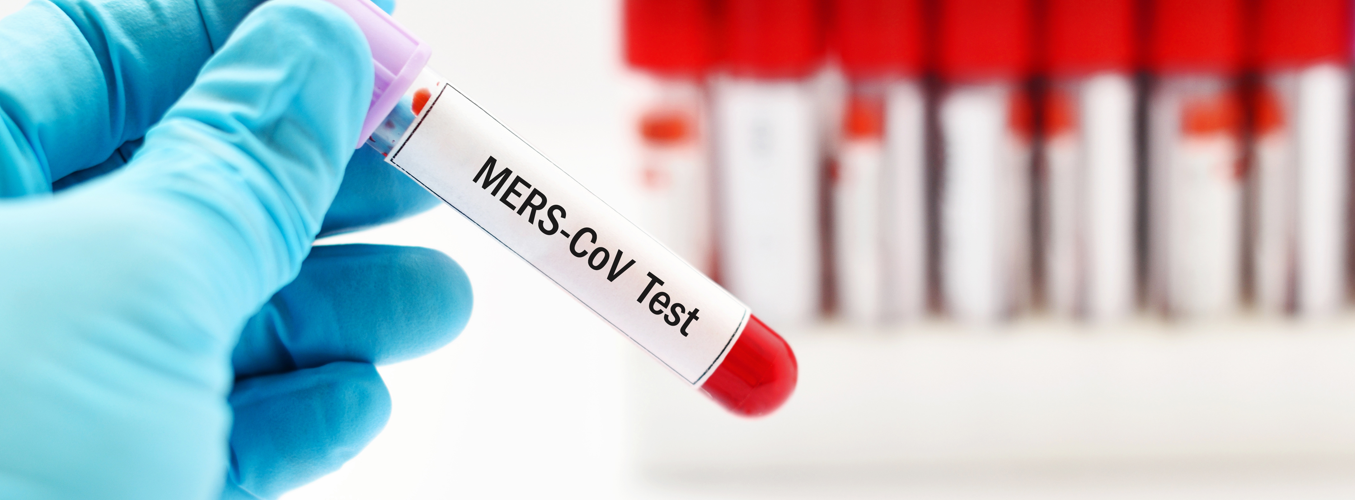by Hemagirri Manisekaran
The rapid development of COVID-19 vaccines stands as a testament to scientific ingenuity and global cooperation. In a race against time, scientists embarked on a meticulous journey to transform a distant hope into a powerful weapon against a relentless virus. But how exactly did these vaccines come to be? Let’s delve into the rigorous process that ensures their safety and effectiveness.
Unveiling the Stages: A Meticulous Path
The journey of a vaccine begins in the realm of preclinical research. Scientists meticulously study the virus, its structure, and its interaction with the human body. Their goal is to identify potential targets, like specific viral proteins, that the immune system can learn to recognize and attack. Promising vaccine candidates are then developed and tested in laboratory settings, laying the groundwork for the crucial step of human testing.
Clinical Trials: Rigorous Evaluation for Safety and Efficacy
The next stage is clinical trials, a multi-phased approach where the vaccine’s safety and effectiveness are rigorously evaluated in progressively larger groups of people:
- Phase 1: Small-scale studies assess the vaccine’s safety and potential side effects in a limited number of healthy volunteers. Researchers meticulously monitor participants for any adverse reactions, establishing a safety profile for the vaccine.
- Phase 2: The vaccine is administered to a larger group, typically several hundred participants. This phase evaluates not only safety but also the vaccine’s effectiveness in generating an immune response and explores optimal dosage.
- Phase 3: Thousands of participants are involved, with half receiving the vaccine and the other half receiving a placebo (a harmless control substance). This large-scale, randomized, double-blind study definitively determines the vaccine’s effectiveness in preventing disease. Transparency is paramount; neither participants nor researchers know who receives the vaccine until the study is complete.
Building Trust Through Vigilance: Post-Market Surveillance
Safety doesn’t end with approval. Regulatory agencies around the world, such as the U.S. Food and Drug Administration (FDA), continuously monitor vaccine safety in the real world through post-market surveillance programs. This ongoing vigilance allows for the identification of any rare side effects that might not have emerged during clinical trials.
Unprecedented Collaboration and Accelerated Development
The COVID-19 pandemic presented an unprecedented challenge. Global collaboration fostered rapid scientific breakthroughs and streamlined processes without compromising safety. Existing scientific knowledge from previous coronavirus research, such as that related to SARS, played a crucial role in accelerating vaccine development. Importantly, the core principles of rigorous testing remained intact, with timelines compressed due to the urgency of the pandemic. Researchers didn’t skip steps; they worked more efficiently and collaboratively to deliver life-saving vaccines in record time.
Building Trust Through Transparency
Understanding the rigorous testing and evaluation processes, from preclinical research to regulatory approval, can empower informed decisions and build trust in vaccination efforts. By demystifying the science behind these life-saving tools, we can continue to safeguard public health and navigate the path toward a brighter future.


























Add comment